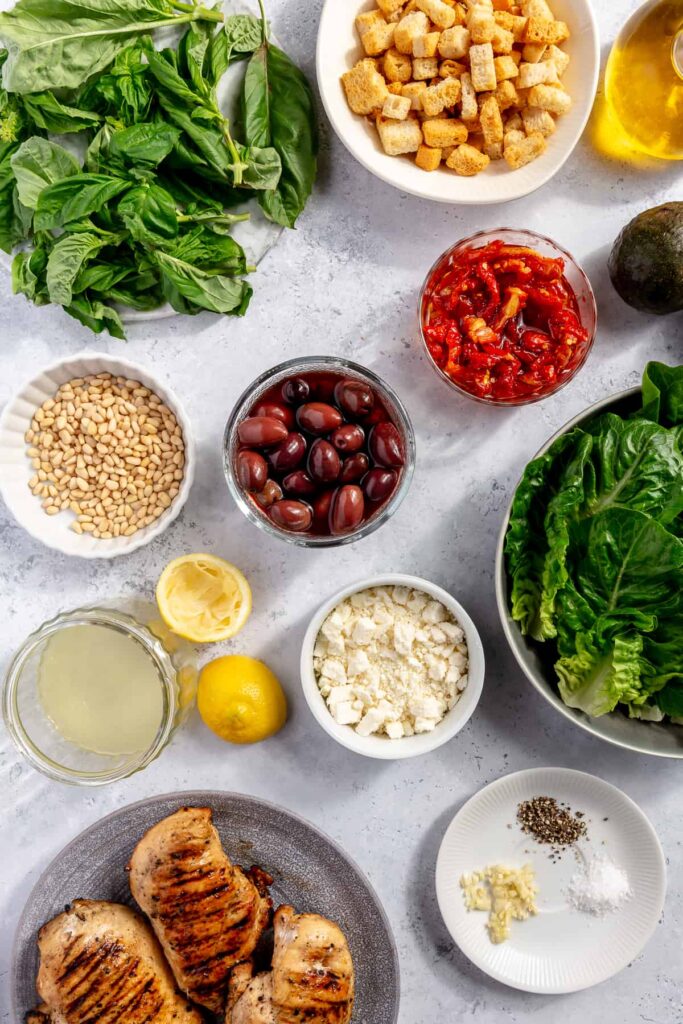
Reading a label is second nature to me now, and something I still do all the time when I try a new food product. You can learn everything you need to know about food through it’s label, and if you’ve never paid mind to reading through the ingredients, the manufacturing/ processing notes, source of origin etc, it can feel like a code. The good news is that once you crack the code (aka, identify what you should be looking for), you’ll be able to identify a high-quality product from a low-quality inferior, call out inflammatory ingredients, and feel confident that your fridge and pantry are stocked with products that you truly know are good for you.
What Hidden Ingredients Will You Uncover When Reading Labels?
I had several health issues arise during high school and college that I set out to solve through nutrition. Eliminating certain food groups helped my digestion and overall health significantly, and it became so important for me to be able to identify those triggers in any food. I was a diligent grocery shopper – I turned over every box and bag to find specific ingredients that would affect me, but I found even more than I was looking for. Turning over every single food product made it abundantly clear that added sugars, inflammatory oils, and filler ingredients are the norm, and I had to start finding products that were the exception.
As a seasoned label reader, and also an RD and cookbook author, I’m giving you my top 5 tips for reading labels.
1. Check For Added Sugar
Discovering how much added sugar (and sugar alternatives) are in foods that are widely accepted as ‘healthy’ was shocking to me when I started reading labels. Bread, pasta, chips, dried fruit, dairy products – there may be some naturally occurring sugars, but so many brands pump these products full of added sugars to increase the pleasure of the taste and texture, and also to make products shelf stable. I created an educational guide on the dangers of added sugar, and included healthy recipes to help your tastebuds detox from the constant added sugars we’ve become so accustomed to in our food. Including 2 pages from the guide below – if you’re craving more education, or looking to jump-start your health journey, check out the full guide here: 7-Day Added Sugar Detox.
How To Identify Added Sugar While Reading Labels

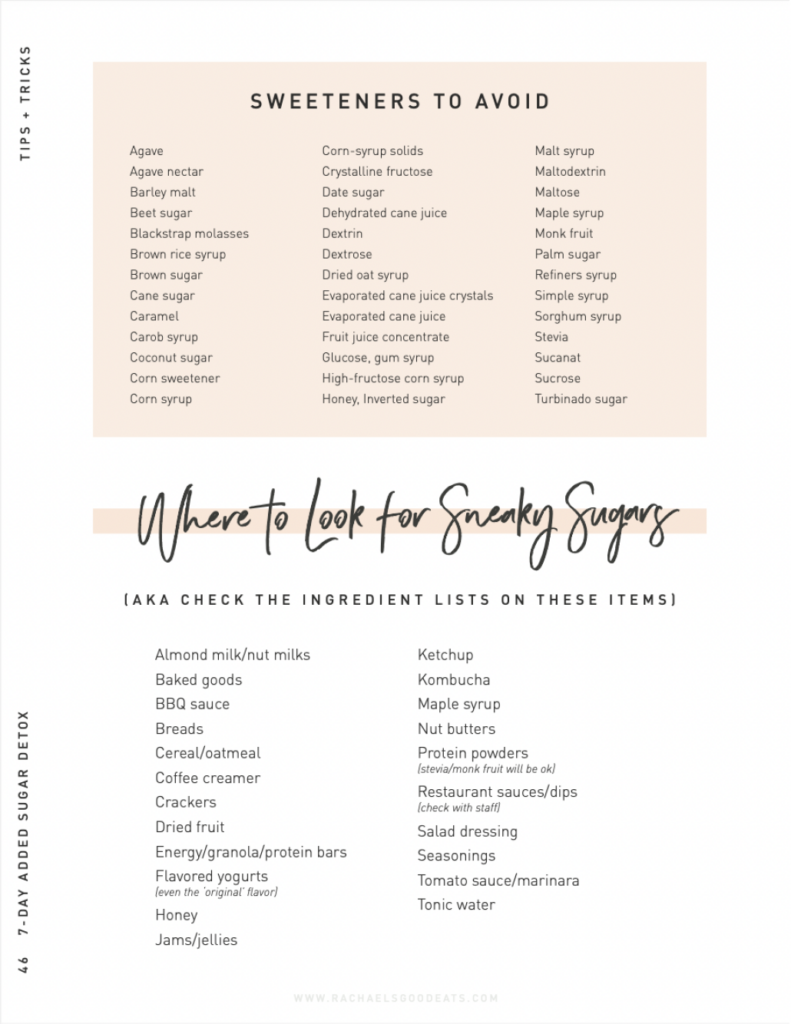
2. Check For Inflammatory Oils
Inflammatory oils are partially hydrogenated oils, which are full of trans fats and will negatively impact gut health by promoting inflammation, which can eventually trigger disease. Canola oil is the most commonly used. Canola oil is a refined oil that’s often partially hydrogenated to increase its stability- this increases its levels of trans fats and in turn, increases its negative health effects on the body. When you’re reading labels, trans fats are to be avoided as often as possible as they’re scientifically known to increase LDL cholesterol and lower HDL cholesterol.
3. Choose Fewer Ingredients Whenever Possible
If you’re shopping for peanut butter, or bread, or granola, or yogurt (just a few of the many examples), you’ll likely find 5+ choices: different brands, different flavors, etc. Since we now know to avoid added sugars and inflammatory oils, this general rule of thumb likely won’t surprise you: the fewer ingredients, the better. Next time you’re at the store, flip over all the peanut butters and see all the variations of ingredient lists. Once you narrow down the options that don’t have added sugar or added oils, start to asses the differences. Ideally, you want to buy peanut butter with just peanuts and salt. Bonus points if it’s organic!
If you’re looking for more education on my low-sugar, high-protein diet and how I read labels, grocery shop, cook, and train to support my wellness, checkout my FREE wellness guide here.


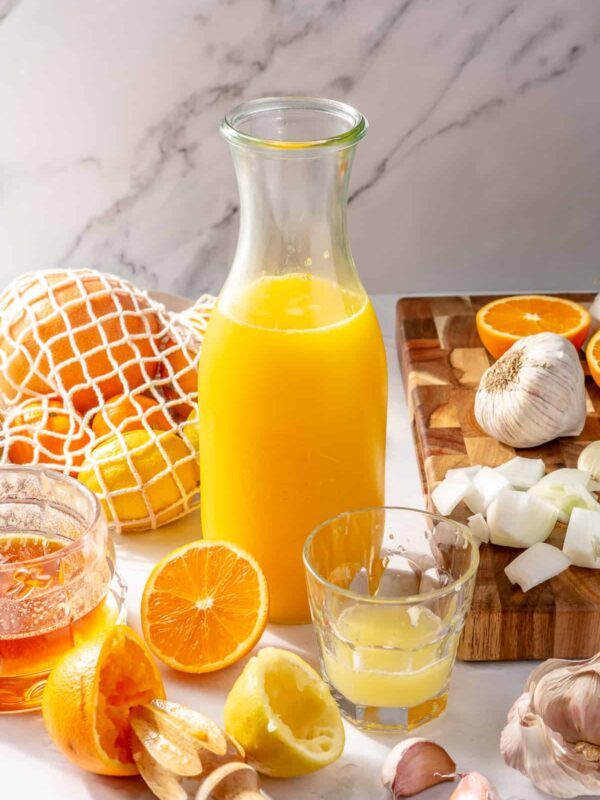

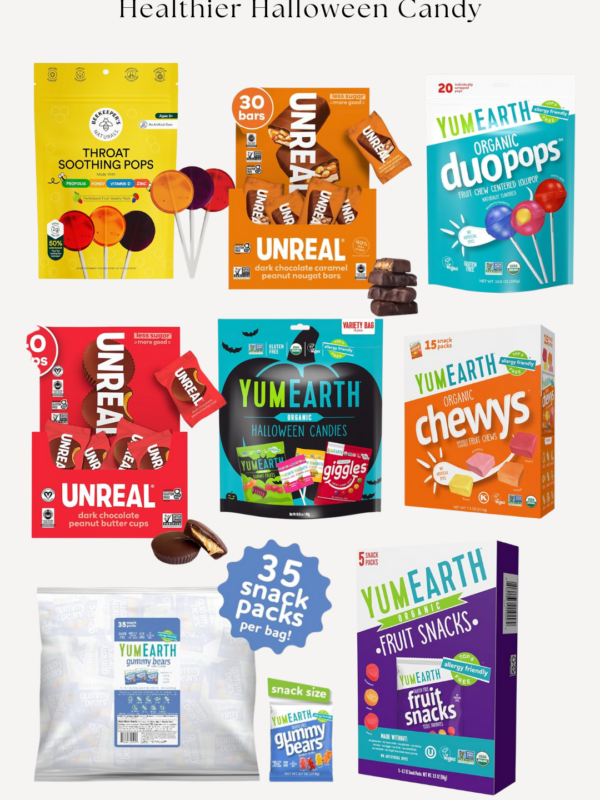
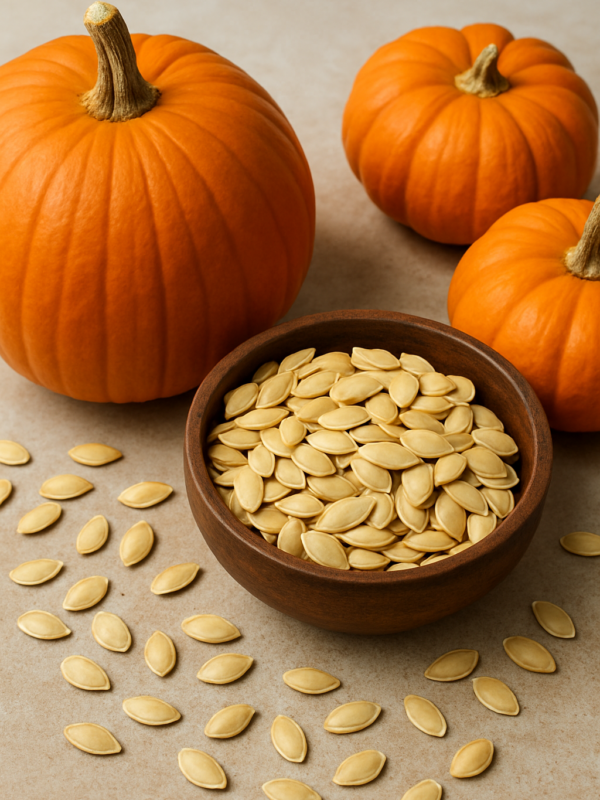










Comments